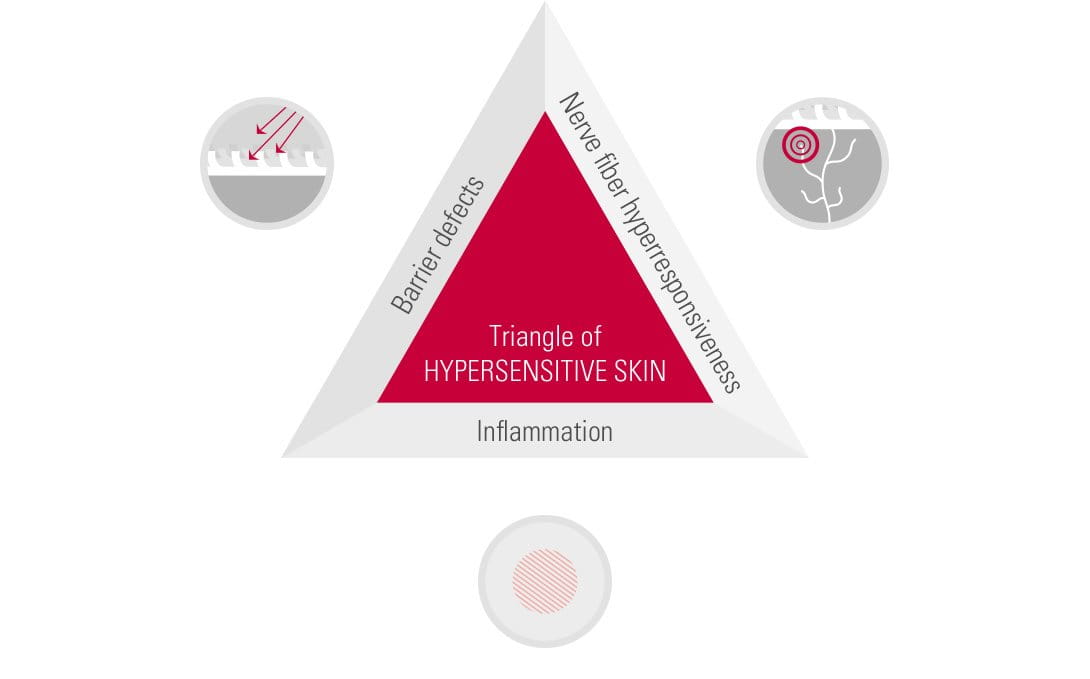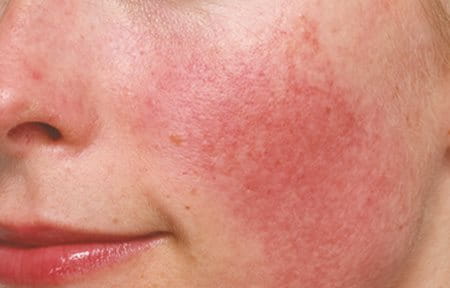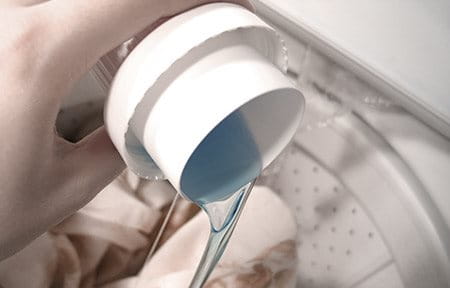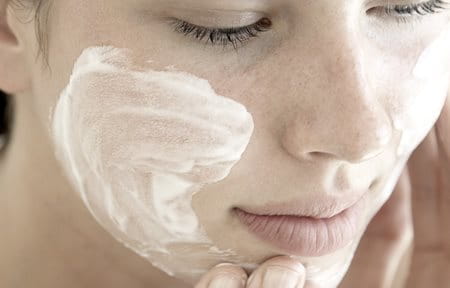Hypersensitive skin - or very sensitive skin - is a very common, unpleasant condition where skin can show visible symptoms (dry skin, irritation, eczema, pimples, redness, desquamation) or non-visible - and therefore subjective ones (described as, among other things, burning, itching or stinging). When these sensations are accompanied by redness, skin can become Couperose-prone and Rosacea may develop.
Signs & Symptoms
What is hypersensitive skin?
Hypersensitive skin is defined as skin that is hyper-reactive to different factors of varying harshness that are well tolerated by normal skin. A more extreme and frequent version of sensitive skin, hypersensitive skin is characterised by unpleasant sensations and visible reactions when sufferers come into contact with usually innocuous internal or external stressors such as extreme temperature, chemicals or UV rays. These sensations, and their intensity, vary from individual to individual and this can make diagnosis difficult.

There are three signs and symptoms that are commonly experienced by sufferers - a compromised skin barrier, very reactive sensory fibres in the epidermis and redness, often caused by inflammation. Collectively they can be termed the Hypersensitive Skin Triangle.
The impaired skin barrier results in increased trans-epidermal water loss, making it more prone to irritants.

The hyperactive or over-stimulated sensory fibres in the epidermis react faster and much stronger than those in normal skin. These sensory fibres trigger unpleasant skin sensations which have been described as, among other things, stinging, burning or tightness of the facial skin or scalp none of which show any visible symptoms.
In more serious cases, these non-visible symptoms can be supplemented with dryness and pimples or redness.
While it's possible to have dry skin or acne as a result of having hypersensitive skin, unless it is accompanied by unpleasant sensations, the skin is not considered hypersensitive. Similarly, redness can lead to Couperose-prone skin and ultimately Rosacea when experienced alongside the sensations, but redness is not exclusive to hypersensitive skin.

Rosacea is a chronic inflammatory disease that affects up to 10% of the adult population. Symptoms include diffuse redness of the cheeks, chin, nose and forehead and this can be accompanied by couperosis, blemishes, pustules and, if the ocular area is affected, styes and conjunctivitis. At its worst, sufferers can experience rhinophyma - a thickening of the skin, and excess tissue, that can appear on the nose making it look large and bulbous.
Read more about hypersensitive facial skin
Read more about Rosacea and Couperose-prone skin
Important Information
If you suspect you have Rosacea seek the advice of a doctor or dermatologist as early treatment can reduce the chances of the condition progressing.
Causes & Triggers
Causes and triggers of hypersensitivity
Reactions in hypersensitive skin can be triggered by environmental, psychological, external and/or mechanical factors.


Environmental factors include:
- sharp temperature changes
- heat
- cold
- wind
- sun
- atmospheric pollution
Psychological factors include:
- anger
- intense emotions
- stress
- anger
External factors include exposure to:
- certain cleaning products
- spicy foods
- alcohol
- fragrances
- detergents
- swimming pools
- excessively calcareous water
- as well as baths and showers´
Mechanical factors suggest pressure on the skin.
Read more about redness-prone facial skin
Read more about Rosacea and Couperose-prone skin
Contributing Factors
Further contributing factors


Increasing global pollution, especially in urban environments, and the fact that more and more people are affected by allergic reactions, has led to a growth in hypersensitive skin.
Triggers can differ from person to person so it can be a good idea to keep a diary of environmental, psychological, external and mechanical factors to try to identify the ones that cause reactions.
Further triggers highlighted by sufferers include harsh chemicals (e.g. surfactants like SLS, SLES), certain preservatives and alcohol as well as plasters, paper tape and herbs. Some also report hormonal factors such as the menstrual cycle.
Certain fabrics, dyes and chemicals that are impregnated into clothing can also have a negative effect on hypersensitive skin. Synthetic and non-iron materials in particular contain a variety of chemicals such as formaldehyde which can trigger skin irritation and allergies.

When choosing skincare it is important, if trying a new product, to do a small skin patch test on the forearm to see if any reaction occurs. Also, use products with a limited number of ingredients and anti-contamination packaging.
By avoiding known triggers wherever possible, skin is less likely to become red.
Solutions
Solutions available for hypersensitive skin
Hypersensitive skin doesn't need to be a burden. With the right skin care routine it can be brought back into balance, sensitivity can be regulated and redness soothed.

For example, Eucerin uses an active ingredient SymSitive* in its Hypersensitive Skin ranges. SymSitive* effectively acts as a sensitivity regulator directly at the source of hyper-reactivity instantly relieving the unpleasant sensations. It also helps to increase the skin's tolerance and give instant, long-lasting skin comfort. For facial redness Eucerin AntiREDNESS Soothing Care and Eucerin AntiREDNESS Concealing Day Care SPF 25 contain Licochalcone A, a natural anti-inflammatory and antioxidant.
Important Information
'Hypoallergenic', 'pure' or '0%' formulas mean they contain only a limited number of ingredients and are free from preservatives (including parabens), paraffins, fragrances, alcohol, emulsifiers* and colourants**.
Anti-contamination packaging

To prevent the formulas from impurities and oxidation the Eucerin Hypersensitive Skin ranges use dual-valve anti-contamination packaging. This packaging has sterilising filters in its venting holes, component connections are ultra-welded for tightness and the dispenser has an ultra-light tip seal.
Alternative solutions
As hypersensitive skin is such an individual condition, there is an element of trial and error in involved in finding the right skin care. As part of this quest some sufferers have found relief by applying primrose oil, witch hazel oil, tea tree oil or fish oils to their skin or eating flax, fennel seeds or turmeric. Some also find green tea and chamomile tea helpful. However, there is no medical evidence to support these alternative solutions.
* =reg.tm of Symrise AG, Germany
** Except Eucerin AntiREDNESS Soothing Care and Eucerin AntiREDNESS Concealing Day Care SPF 25
Our brand values

We deliver a holistic dermo-cosmetic approach to protect your skin, keep it healthy and radiant.

For over 100 years, we have dedicated ourselves to researching and innovating in the field of skin science. We believe in creating active ingredients and soothing formulas with high tolerability that work to help you live your life better each day.

We work together with leading dermatologist and pharmacist partners around the world to create innovative and effective skincare products they can trust and recommend.



